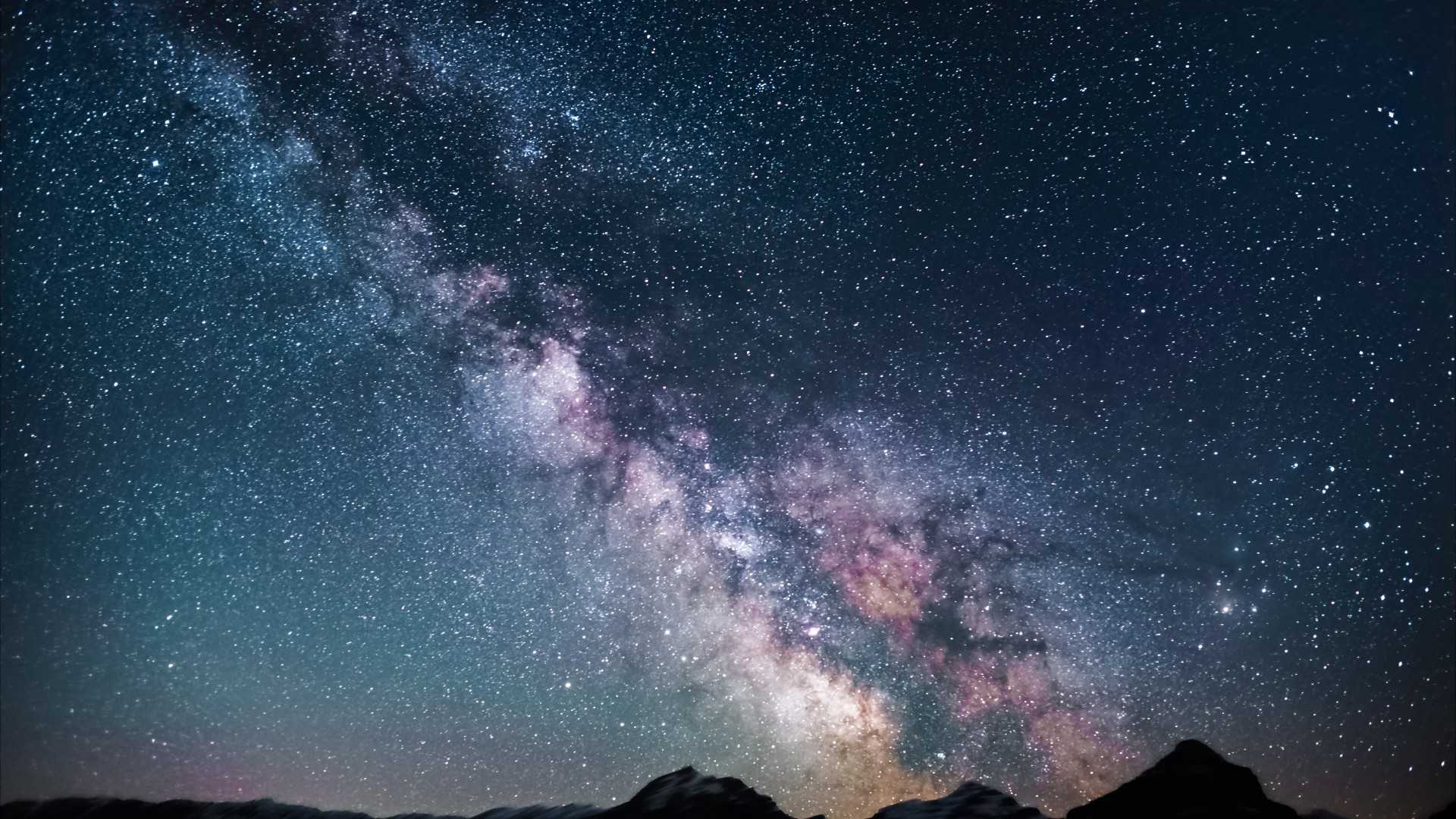Four thousand years ago, when God made a covenant with Abraham, he led him outside and told him, “Now look toward the heavens, and count the stars, if you are able to count them.... So shall your descendants be” (Gen. 15:5). The stars in the night sky were innumerable, the heavens vast beyond measure.
More recently, the Hubble Space Telescope and James Webb Space Telescope have given us even clearer portraits of just how immense the heavens are, and they have helped shed light on some of the mysteries of the universe. This has also raised the age-old question: Are we alone in the universe?
Considering the vastness of the cosmos, many conclude there must be life out there. Just considering the Milky Way Galaxy alone, there are billions of planets roughly the same size as Earth. One science writer states that “the ingredients in the recipe for earthly life—water, elements associated with life, available sources of energy—appear to be almost everywhere we’ve looked…. While the chances of finding life elsewhere remain unknown, the odds can be said to be improving.”
Yet while advanced life exists on Earth, an incredible number of factors in the cosmos and on Earth are exquisitely fine-tuned for this to be possible. The more data we have, the more we find that the best location for life to exist in the vast cosmos is where Earth is located—in our particular solar system, in our particular galaxy, in our particular supercluster of galaxies, and in our particular super-supercluster. Conditions in outer space are hostile to complex life everywhere else we look.
For example, consider our galaxy. The Milky Way Galaxy is a spiral galaxy, which means it doesn’t experience gravitational disturbances from nearby stars and molecular clouds. The Milky Way Galaxy is the right size to prevent a supermassive black hole from forming in the nucleus, and the length of the co-rotation radius both allows for the formation of heavy metals in adequate quantities for the existence of life and prevents planetary systems from facing fatal radiation. Most galaxies have been found to resemble the Andromeda Galaxy, which has a significantly larger stellar mass and angular momentum than the Milky Way Galaxy, which affects the galaxies’ habitability. These are a few features that make the Milky Way Galaxy able to support life.
Further research is revealing that our planet specifically is unique in its habitability as well. When scientists search for planets in the “habitable zone,” what they’re often referring to is the liquid water habitable zone. Habitable zones refer to regions around a star where life could potentially exist. The liquid water habitable zone is the region around a star where liquid water can be sustained on a planet’s surface.
But much more than water is required for life. At least eleven known habitability zones must overlap in order for a planet to be hospitable to advanced life: the liquid water, ultraviolet, photosynthetic, ozone, planetary rotation rate, planetary rotation axis tilt, tidal, astrosphere, atmospheric electric field, Milankovitch cycles, and stellar magnetic wind habitable zones. No planet other than Earth is known to possess all these habitable zones. Astronomer Hugh Ross has concluded that “when one takes into account that the existence of aerobic complex life requires a planet that simultaneously resides in all eleven habitable zones, the number of planets in the universe capable of sustaining such life most probably is just one.” The degree of fine-tuning required for this overlap of habitable zones that permits the possibility of life is indicative of design, not “cosmic accident.”
Over 400 parameters of a planetary system and its galaxy must fall within a narrow range to permit the existence of complex life. Taking into account the parameters required for simple life, Ross calculated that the requirements for a planet to sustain bacteria for just a few months is less than 1 chance in 10311. When speaking of “intelligent physical life in a globally distributed high-technology civilization,” which is the popular picture we have of alien life (just think of Hollywood movies like Independence Day or Edge of Tomorrow), the chance of a life-supporting planet becomes less than 1 in 101032.
Such a vast amount of coincidences required to permit life exceeds the bounds of credibility. Instead, it speaks of design. The evidence we have suggests that advanced physical life doesn’t exist elsewhere in the universe—unless, of course, it’s the result of purposeful design.

